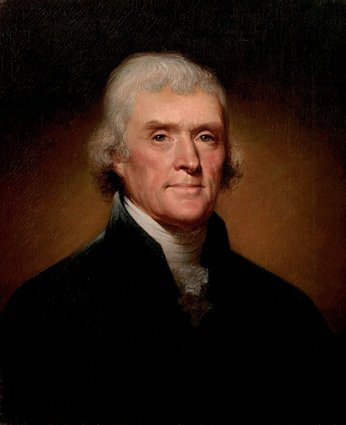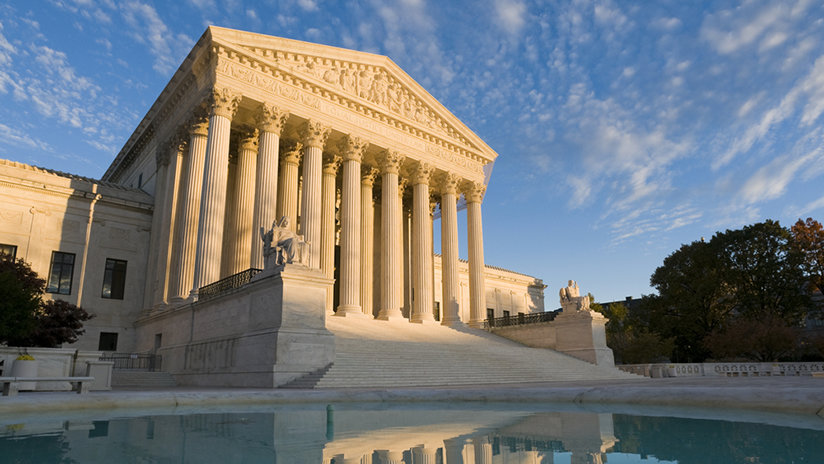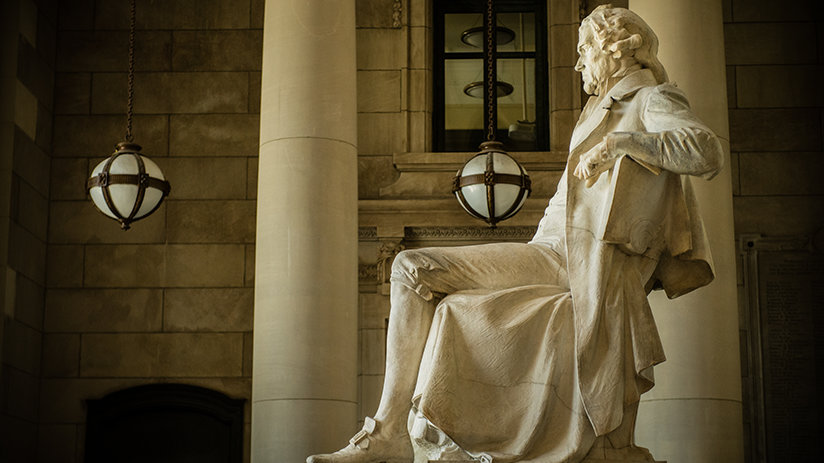
-
HOME
-
WHAT IS STANDOur Mission Our Values Our Help Contact
-
WHAT WE FIGHT FORReligious Freedom Religious Literacy Equality & Human Rights Inclusion & Respect Free Speech Responsible Journalism Corporate Accountability
-
RESOURCESExpert Studies Landmark Decisions White Papers FAQs David Miscavige Religious Freedom Resource Center Freedom of Religion & Human Rights Topic Index Priest-Penitent Privilege Islamophobia
-
HATE MONITORBiased Media Propagandists Hatemongers False Experts Hate Monitor Blog
-
NEWSROOMNews Media Watch Videos Blog
-
TAKE ACTIONCombat Hate & Discrimination Champion Freedom of Religion Demand Accountability
In God We May Still Trust

The venerable phrase “In God We Trust” has survived yet another legal attack and will continue to appear on the bills and coins in your pocket. A recent decision by the 8th U.S. Circuit Court of Appeals in St. Paul, Minnesota, confirmed similar decisions over the years that the phrase is a reflection of our heritage rather than an endorsement or establishment of a religion and does not compel anyone to believe. It is the second federal appeals court this year to uphold maintaining the motto on currency.
The suit was brought by a number of atheists who felt that the statement didn’t reflect their views. To quote one of them: “It's very simple: I don’t believe in ‘God,’ but my money says I do.”
I agree that it’s simple—just not in the way that they say it is. The Constitution certainly guarantees atheists the freedom to reject God and religion, just as it gives people the right to believe in more than one god if that seems right to them. But, to judge the validity of the atheists’ argument for yourself, look at the back of a dollar bill. Observe all of the different traditional statements and symbols of which “In God We Trust” is but one. It no more commands anybody to believe in God than it mandates belief in an eagle holding a shield or a pyramid with a giant eye in it.

The eye in the pyramid is taken from the national seal, approved by Congress in 1782. The proposal for the seal, which Congress approved, stated that the eye and the motto, “annuit coeptes” directly above it, “allude to the many signal interpositions of providence in favour of the American cause.” (“Annuit coeptis” is generally translated from Latin as “he (meaning God) has favored our undertakings”). The divine references on the seal show that the founding generation didn’t interpret freedom of religion or a ban on religious establishments to mean stifling all mention of religion or God and shoving both into a corner out of public view. There are many other examples.
Yet he [Jefferson] openly referred in his first inaugural address to his country being “enlightened by a benign religion…adoring an overruling Providence”.
To illustrate further, Thomas Jefferson, associated with the phrase “the wall of separation between Church and State,” worked vigorously throughout his life to disentangle religion and government. He also supported the rights of everyone—atheists and polytheists included—to think freely. Yet he openly referred in his first inaugural address to his country being “enlightened by a benign religion…adoring an overruling Providence”. He also began his draft of the Virginia Religious Freedom Statute with the ringing phrase, “Whereas almighty God hath created the mind free…”
The two recent court cases have maintained a long-standing workable balance that does not impose a state religion on anyone while openly maintaining religious expression as a vital part of public life. The result will be more free and open discussion of our heritage as a nation, in all of its rich aspects.









